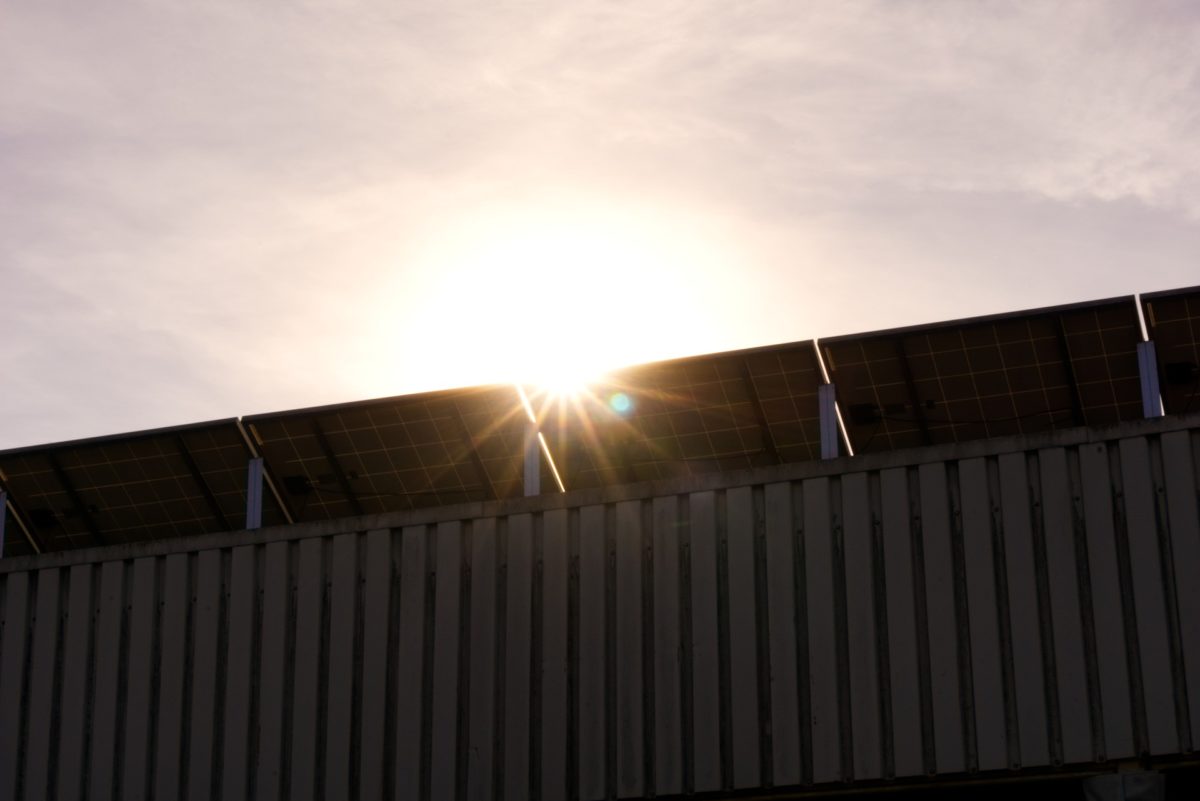N-type microcrystalline silicon carbide – μc-SiC:H(n) – may exhibit excellent optoelectronic properties when it is deposited by a hot-wire chemical vapor process in silicon-based thin-film and silicon heterojunction solar cells.
This costly wide-bandgap material, is thought to exhibit excellent optoelectronic properties for use as a solar cell layer. When deposited using a hot-wire chemical vapor process it could be used to produce high performance silicon thin film or heterojunction cells, thanks to high optical transparency and a suitable refractive index – two factors which reduce parasitic absorption losses on light trapping and reflection losses.
Despite this potential, the technology has so far seen only limited uptake, as the materials required are costly, and producing reliably performing devices is challenging: deposition conditions for growing highly transparent n-type microcrystalline silicon carbide on solar cells tend to cause strong deterioration in the underlying silicon layers.
However, an international research team led by Germany’s Institute of Energy Research 5 – Photovoltaic (IEK-5), has investigated how hot wire chemical vapor deposition (HWCVD) of n-type microcrystalline silicon carbide may be applied to improve the performance of interdigitated back contact (IBC) solar cells.
“The concept of IBC offers the possibility to achieve highest short‐circuit current densities because of the absence of shading metal contacts on the front side,” said the authors of the paper Transparent silicon carbide/tunnel SiO2 passivation for c‐Si solar cell front side: Enabling Jsc > 42 mA/cm2 and iVoc of 742 mV, published in Progress in Photovoltaics.
Improved passivation
The scientists claim excellent passivation quality was achieved on double‐side textured, phosphorus‐doped, Czochralski-grown c‐Si wafers with a resistivity of 1.0Ωcm and a thickness of 170μm, at 250 degrees Celsius heater temperature without further treatment.
“It is important to notice that this excellent level of passivation only requires wet‐chemical oxidation and HWCVD deposition of μc‐SiC:H(n), which makes it a very simple and lean fabrication process,” the authors stated.
An anti-reflective coating was applied to the front side of the cell after magnesium fluoride (MgF2), silicon nitride (SiNx:H), and μc‐SiC:H(n) were applied on glass substrates to result in a two-stack compound layer. “All parasitic absorption of the developed [anti-reflective coating] takes place in [the] μc‐SiC:H(n) layer, which absorbs significantly for λ < 520 nm,” said the researchers, adding they are also investigating how to overcome the trade‐off between transparency and passivation.
Low reflectance
“Both layer stacks showed very low reflectance that reduced the total optical losses of the front side in short‐circuit current density to only 0.62 and 0.47 mA/cm2, respectively,” the scientists stated.
The simulation indicates that, with low-cost wafers, IBC cells with an efficiency of 25.2% could be produced, and that with high‐quality c‐Si wafers, the percentage could be raised to 26.6%. The highest current efficiency for heterojunction with back-contact technology – 26.33% – was achieved by Japanese chemical company and solar cell manufacturer Kaneka.
This content is protected by copyright and may not be reused. If you want to cooperate with us and would like to reuse some of our content, please contact: editors@pv-magazine.com.




1 comment
By submitting this form you agree to pv magazine using your data for the purposes of publishing your comment.
Your personal data will only be disclosed or otherwise transmitted to third parties for the purposes of spam filtering or if this is necessary for technical maintenance of the website. Any other transfer to third parties will not take place unless this is justified on the basis of applicable data protection regulations or if pv magazine is legally obliged to do so.
You may revoke this consent at any time with effect for the future, in which case your personal data will be deleted immediately. Otherwise, your data will be deleted if pv magazine has processed your request or the purpose of data storage is fulfilled.
Further information on data privacy can be found in our Data Protection Policy.